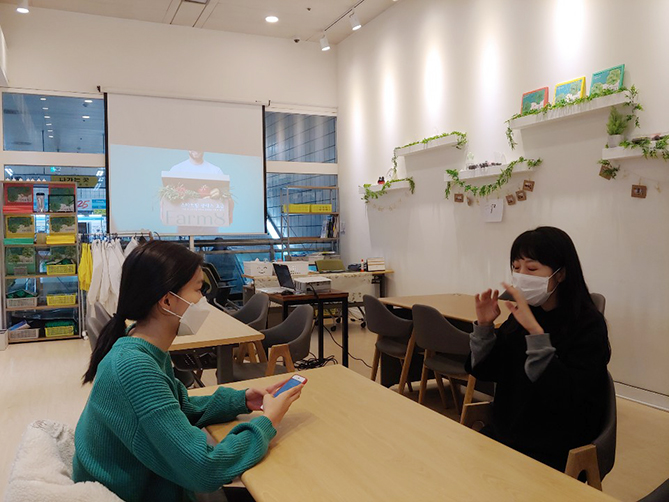
In the recent decade, there has been an increase in the severity of environmental problems, and scientists have developed ways to alter our lifestyles to adapt to the changing environment. The examples range from producing paper straws to replace plastic ones to growing food in radically different ways. I became interested in learning more about how we could combine agricultural methods with technology to fight environmental degradation.
One of the major problems with agriculture is that there is a rapid decrease in the number of farmers in Korea. As many people move to the city for a more comfortable life, it becomes hard to rely on the few elder farmers who stayed behind to cultivate food for the whole country. According to Statistics Korea, the farm population was 3.06 million in 2010 but it decreased to 2.31 million in 2018. Meanwhile, the population of Korea is steadily increasing. As shown in the World Population Review, the total Korean population was 49 million in 2010 but it went up to 51 million in 2020. With rapid urbanization and population growth, it is necessary to find a more efficient method to improve crop productivity.
While researching more on this topic, I found out that scientists have been working to develop “smart farms.” Smart farms are farms that don’t need any dirt or workers and only rely on technology to grow food. I visited a smart farm in Korea located in the Sangdo subway station. This smart farm was installed to educate the public about the basics of smart farming.
The farm was divided into two parts: auto farm and a smart farm. The auto farm was entirely operated by machines that determined exactly when the crops should be watered and extracted. Compared to the auto farm, the smart farm had more reliance on human labor. The plants were grown under the most ideal conditions which regulated the pH level and provided necessary nutrients using LED lights and special agricultural water. Also, in order to produce healthy plants, only specialists trained in science could go inside after thorough disinfection. This meant that the plants weren’t exposed to any bacteria.
If smart farms became more widespread, it would provide a solution to the shortage of farmers and increase agricultural productivity. However, it will take significantly more investment and development before that can happen since there still needs to be more research on how to effectively operate a smart farming system. With the continuing interest in smart farms by the public and the government, smart farms can become a gateway to the future of farming and help meet our food needs in environmentally sustainable ways.
In order to gain a clear picture of the smart farming industry, I had an interview with the chief director of public education at the Metro Farm at Sangdo Station. After graduating from college with a major in botany, she chose to gain first-hand experience with the futuristic farming industry and has been working in the field ever since.
“This Metro Farm is the first smart farm in Korea that is completely functional and I wanted to learn more about it while educating youngsters about this new idea. I am not a specialized scientist so I do not have full authority to operate smart farms but my focus is to prepare classes for the public.”
The chief director is currently in charge of different one-hour classes, such as salad making and craft workshops that help people understand more about the science behind smart farming.

I would highly recommend taking these fun and inspiring classes offered at Sangdo station. It was indeed a wonderful experience for me.

Jenna Jang
Sophomore (Grade 10)
Korea International School

